I want you to imagine the scent of smoke embedded in your freshly laundered clothes. Bizarre, right? That’s exactly what tipped me off to a potential disaster lurking in my own home. Indeed, small oversights can lead to major consequences, and in our case, we dodged a bullet! So what was this near miss? It was a house fire! In fact, this personal brush with potentially losing our home was a loud wake-up call about how easily a fire could start and the need to do everything possible to avoid it.
In our case, the discovery of that smoke smell all over gym clothes that just came out of the dryer was something I didn’t think could be done by our chain-smoking next door neighbor. When I told my wife about this discovery, she noticed that the rest of the clothes from that batch also smelled of smoke, which got her to suspect that the dryer may be the cause. Eventually, a service person came out, opened the dryer, and found that lint had covered the exhaust pipe (not the lint catch that we empty out regularly, mind you) and even ignited on fire!
Such a seemingly small detail could have spelled catastrophe for us. We were very lucky that the fire extinguished itself, but the ‘what-ifs’ started to crowd my thoughts. Let’s be honest, your home is more than just four walls and a roof; it’s where your life unfolds and your memories are made. It’s also probably your largest financial investment. The very idea of it being reduced to ashes is unthinkable. When I think about these risks, I can’t help but feel a sense of urgency to address them.

It’s easy to forget that a comfortable home also houses potential dangers. Many everyday activities, if not managed properly, can become fire hazards. For instance, electrical appliances, heating equipment, and even simple candles can carry a risk if we’re not careful. It might be a pot left unattended on the stove, a frayed lamp cord, or a space heater too close to curtains. Even things like dust accumulation, flammable liquids stored improperly, or lint build-up, such as the case with my family’s near-miss, can ignite under the “right” conditions.
My intent of this article isn’t to instill fear, but I do want to empower you to do something to protect your home and all the things it’s meant to protect – our loved ones and our belongings. So here are 7 things you CAN and SHOULD do to keep your home safe from fire.
Tip #1: Regular Maintenance of Appliances
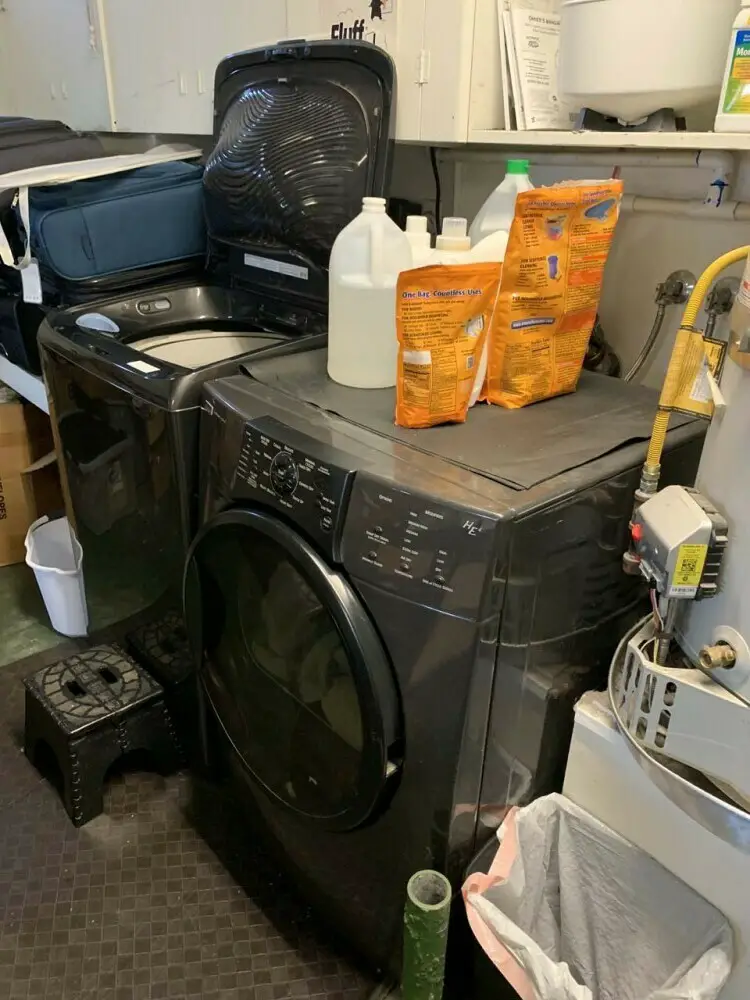
I can’t overstate the importance of keeping your home appliances in check to prevent fires. Routine maintenance isn’t just for performance; it’s a critical safety measure. Let’s take the example that sparked this conversation: my dryer. Over time, lint had built up in the exhaust pipe and almost caused a fire. By the way, this was something that we can’t normally see, and it’s not the lint catch that we always empty out between loads. It was a frightening wake-up call.
Your preventive action plan should start with your dryer. Clear the lint trap after every load. It sounds like a small chore, but its impact is anything but trivial. Then, at least once a year, it’s wise to clean out the vent pipe (this was the step that we didn’t do for the 10+ years that we had the dryer). Consider hiring a professional if you’re not comfortable doing that step yourself.

Apply this diligence to other appliances too. The stove, oven, and any heat-generating devices are potential fire hazards. Keep them clean and unobstructed. If an appliance starts acting up, don’t wait. Investigate weird noises, smells (especially if it smells like gas), or performance issues. Often, these are early warning signs begging for attention.
Remember, an ounce of prevention is worth a pound of cure. Inspecting cords for damage, ensuring proper ventilation, and following manufacturer guidelines aren’t chores – they’re your first line of defense against a house fire. And trust me, the peace of mind you’ll gain is worth every bit of the effort.
Tip #2: Safe Cooking Practices
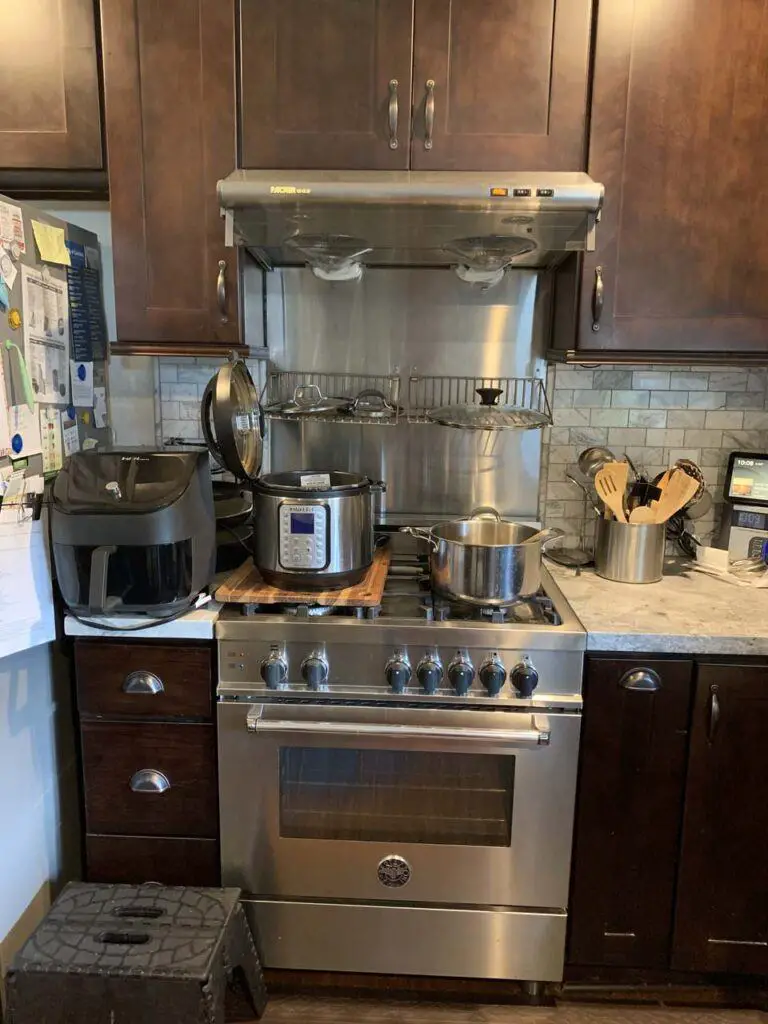
I’m sure you’ve heard that the kitchen is the heart of the home. It’s also, unfortunately, where many home fires start. Cooking is a necessary daily activity, but it comes with its own set of risks if we’re not careful. I’ve learned it’s crucial to stay alert and follow some basic safety guidelines to ensure that the kitchen remains a place of joy.
First, never leave cooking food unattended. It sounds simple, but a boiling pot or a sizzling pan can go from something routine to a blaze in minutes if left unchecked. If you have to step away, I advise turning off the stove completely or having someone else watch it.
Keeping your cooking area clean is another vital step. Grease buildup can catch fire swiftly, and clutter on the stove or countertop can pose significant risks since it limits what you can access let alone see.
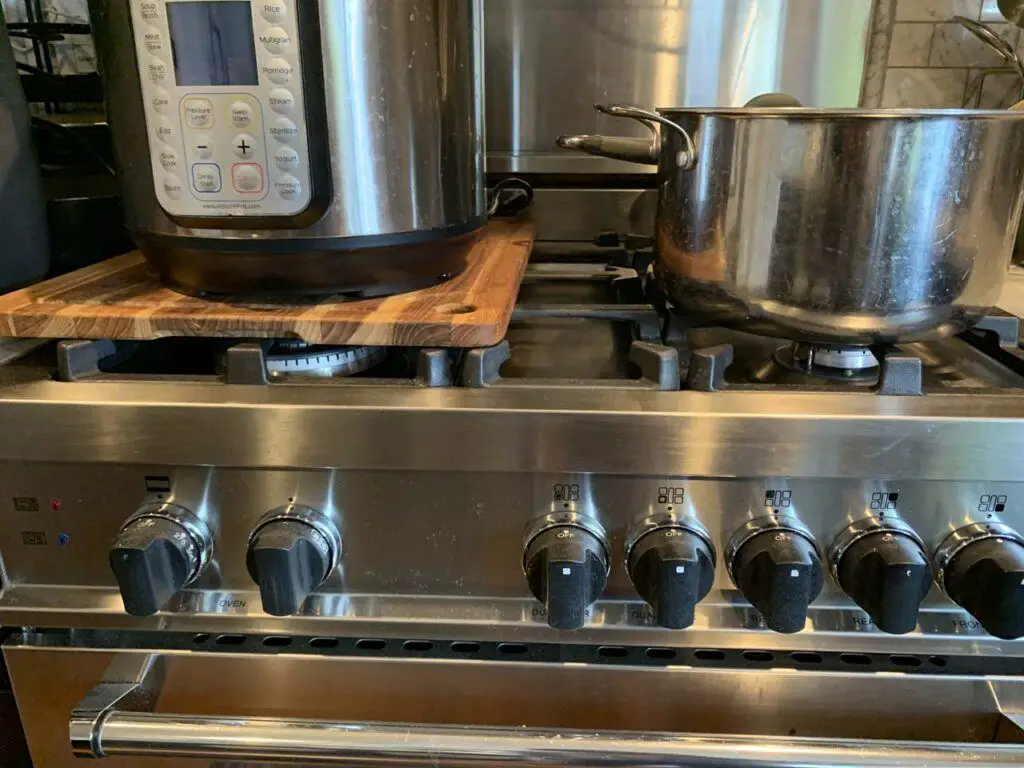
Use appliances correctly and watch for malfunctions. Overheating appliances are often a sign that something is amiss. Trust me, if you notice your oven is hotter than usual, or a burner flame is uneven, call a technician. And remember, toaster ovens and microwaves need their space for proper air circulation; don’t push them into a tight corner or cover their vents.
Lastly, be cautious with flammable items. Curtains, dish towels, or oven mitts belong away from the stovetop. Don’t leave them where flames can lick them and catch on fire!
Tip #3: Implement A Fire-Conscious Home Layout
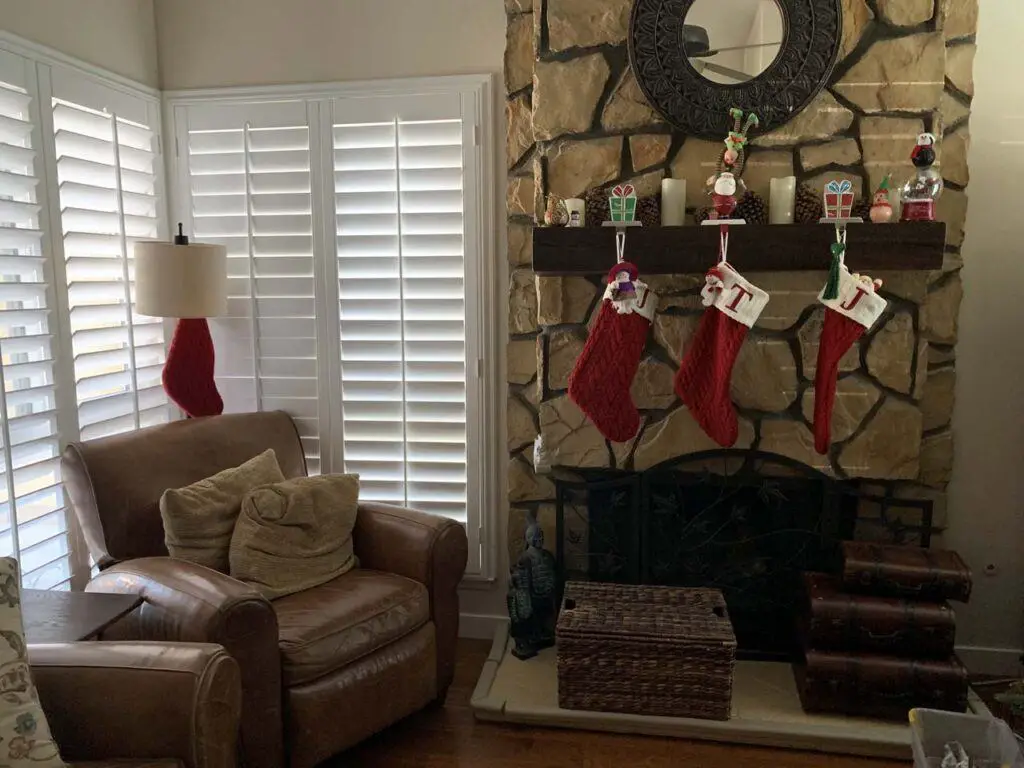
I remember growing up seeing a commercial during Christmas time when a Christmas tree full of lights was next to a curtain. Next thing you know, a spark from an overloaded electrical socket caught onto both the tree and the curtain, and the whole thing was up in flames within seconds! That commercial made me realize that how you arrange things in your home could make the difference between a fire becoming more or less likely.
In a similar vain, a flammable Christmas tree (which is basically a large tinder bundle if it had been felled) is similar to flammable materials within the stuff you have in the house. Such examples include:
- Linens and upholsteries like curtains, sheets, clothes, tablecloths, etc.
- Filler materials inside sofas, mattresses, chairs, etc.
- Surfaces of furniture like the wood in tables, dressers, night stands, desks, etc.
- Solutions or chemicals like oil, cleaning agents, etc.
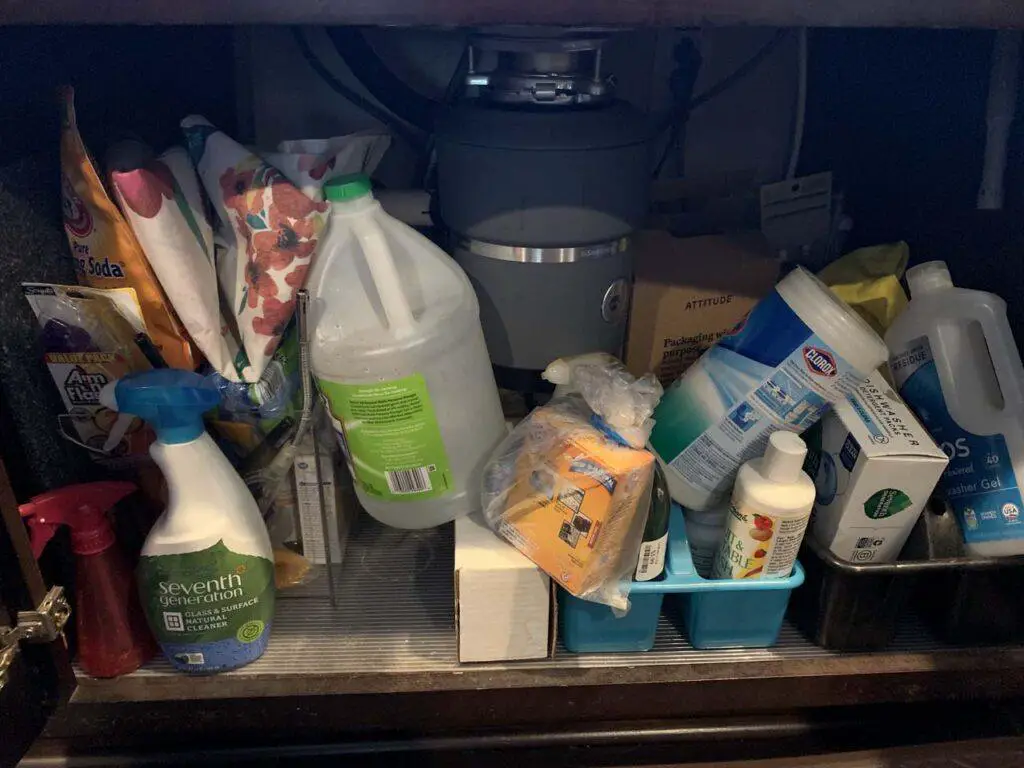
The bottom line is that you’ll want to have these things away from space heaters or exhaust vents (if you have central heating) as well as the fireplace.
Even the things like appliances that can involve natural gas like the stove, the dryer, the dishwasher, etc. should not be placed next to flammable materials.
Of course, it’s probably more prudent to have furniture that are composed of fire-resistant materials, but it goes without saying that the home layout is another big consideration when it comes to preventing house fires.
Finally, the home layout should also accommodate allowing passage for exiting the house should a fire get out of control. Granted, this last step isn’t about fire prevention, but it could save your life!
Tip #4: Maintain A Clean House

In a similar vain as maintaining a fire-conscious home layout and employing safe cooking practices, trying to keep the house clean and clutter free is another fire prevention measure.
When a place is full of clutter, not only does it feel claustrophobic and mentally taxing (let alone making it harder to find stuff), but it restricts where you can go as well as what you can see. Such restrictions, in turn, can cause you to miss a heating vent, an electrical socket, or some flammable item near these things.
In fact, clutter itself (Amazon boxes, anyone?) can be so prevalent that it becomes one giant fire hazard. And remember what I said earlier about things like dust accumulation and improperly-stored flammable chemicals can ignite under the “right” conditions? All these things can be sources of a home fire.
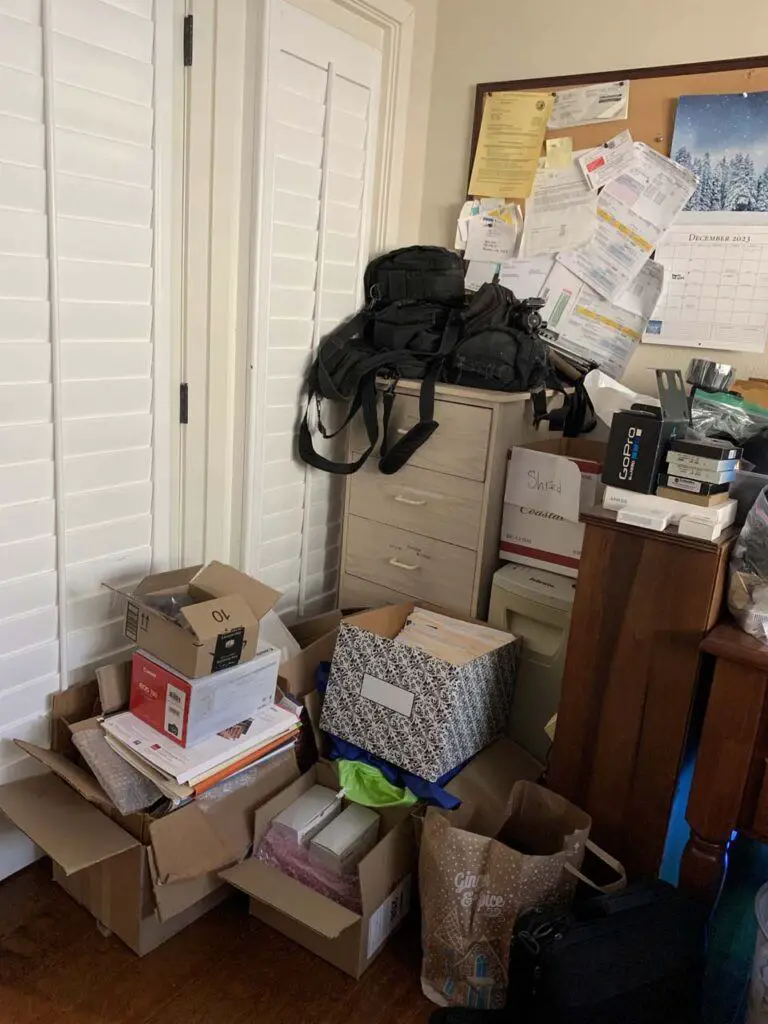
That’s why it’s a very good idea to keep clutter to a minimum (I know this is hard to do given all the junk we accumulate) while regularly vacuuming and dusting the house so that dust doesn’t turn into a giant flammable clump of lint.
Sure, it can be a chore to have to maintain a clean house, but the consequences of not doing so could make that neglect a costly decision that turns your life upside down.
Lastly, like with the fire-conscious home layout tip, you want to make sure that the clutter doesn’t prevent you from exiting the house should there be a fire that you can’t put out. That could mean the difference between life and death!
Tip #5: Smoking Rules and Candle Safety

I know firsthand that it’s easy to get complacent about the little things. You light a candle for ambiance or enjoy a cigarette indoors without thinking twice (well, we’re non-smokers, but we’ve had tenants who broke the rules and smoked inside the house).
Well, it’s precisely these small acts that can escalate into a major disaster. It’s not something you ever think will happen to you, until it does.
To keep your home safe, it’s crucial to be strict about smoking rules. In our case, it’s strictly prohibited, but if you or someone in your household smokes, designate an outdoor area away from flammable materials. This simple step can drastically reduce the risk of a fire starting from a stray ember or a dropped cigarette.
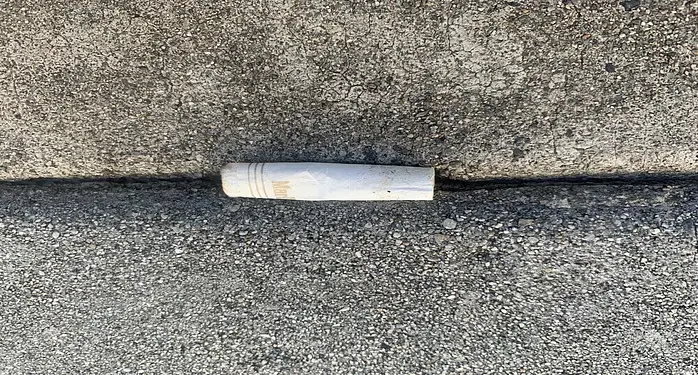
When it comes to candles, we generally don’t use them with the exception being birthday candles for special occasion moments. However, even in those circumstances, the flames are extinguished soon after the candles are lit.
Now if you must have candles for ambience or lighting during power outages, it might be a good idea to shift to safer alternatives for that warm, inviting glow. Flameless LED candles or diffusers with essential oils can provide the same cozy atmosphere without the fire risk. If you’re set on real candles, never leave them unattended, keep them away from anything that can catch fire, and make sure they’re in sturdy holders placed on stable surfaces.
The key here is mindfulness. Always be conscious of where and how open flames are used in your home. It might seem like overkill, but enforcing these simple measures can make the difference between a tranquil evening and a catastrophe.
Tip #6: Educating All Household Members

It’s crucial everyone in your home understands the importance of fire safety. Knowledge is power, and in the case of fire prevention, it can be lifesaving. That’s why educating every household member, regardless of their age, is non-negotiable.
Start with fire drills. As cheesy as it sounds, they’re not just for schools or offices. Establish a clear plan that includes multiple escape routes and a family meeting point outside the home. Practice this drill periodically, and make sure to mix it up; try running them at different times of the day and under various conditions.
But drills are only part of the equation. It’s vital that everyone knows how to use a fire extinguisher, the ‘stop, drop, and roll’ technique, and the importance of staying low to avoid smoke inhalation. For added measure, teach kids what smoke alarms sound like and what they should do when they hear one. Fire safety education must be an ongoing conversation, not a one-time lecture.
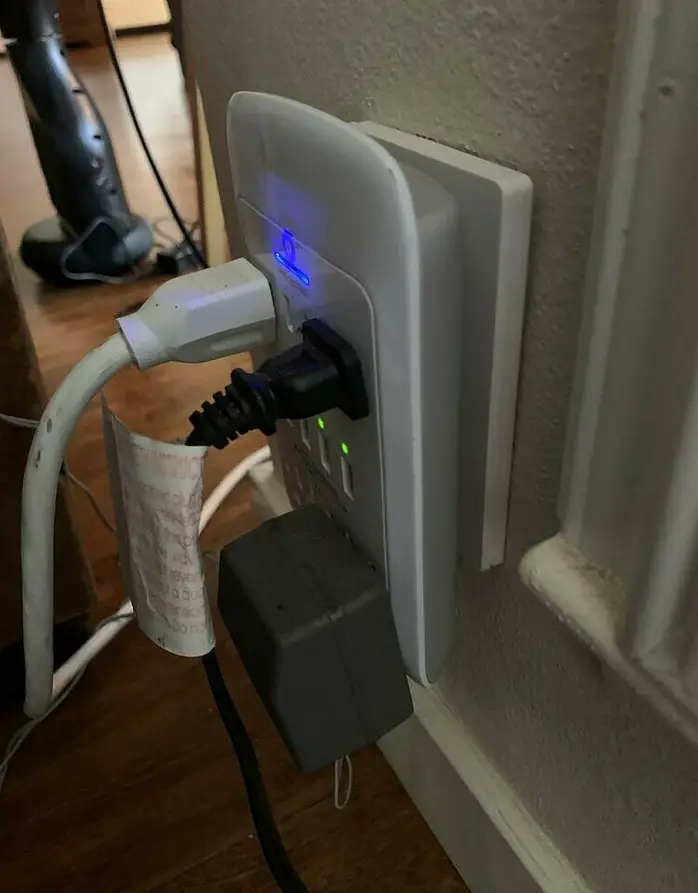
And it’s not just about the actions to take during a fire. Preventative measures are also a teaching point. Instruct all family members, for instance, to be vigilant about not overloading sockets, and the dangers of leaving cooking unattended. This education shapes a safety-conscious mindset and encourages responsible behavior.
All of this preparation paves the way for Tip #7, which involves the very tools that could mean the difference between a close call and a call to 911. Let’s move forward and discuss why having the right fire safety equipment is mission-critical and how you can ensure they are always ready to go to work for you.
Tip #7: Installing and Maintaining Fire Safety Equipment
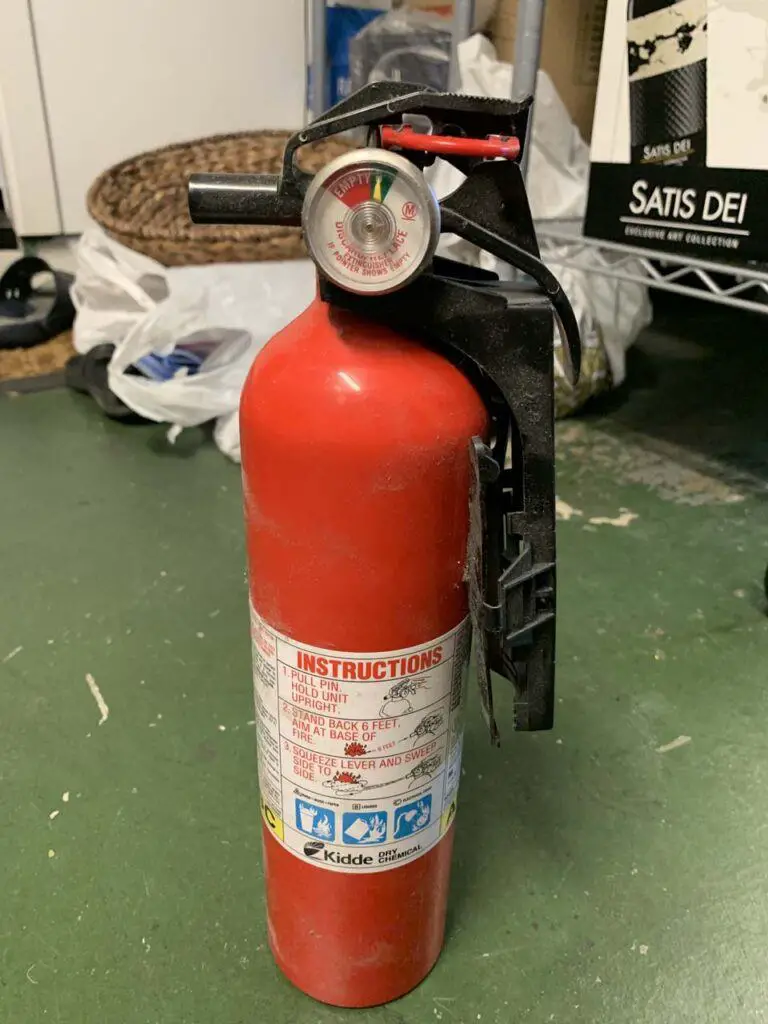
While this tip isn’t about avoiding a house fire, sometimes you could do everything right and still encounter a house fire. That’s where installing and maintaining fire safety equipment comes in.
I know that installing smoke detectors and fire extinguishers might not be the most exciting task on your to-do list. But here’s the thing: these devices save lives. It’s as simple as that. They are your first line of defense if a fire breaks out, buying you precious time to escape.
Start with smoke detectors even though this isn’t preventing a fire, but it can prevent loss of life or at least alert you to fire before it’s too late! Place them on every story of your home, and don’t forget bedrooms and living areas. A smoke alarm in the kitchen is essential, too, but keep it at a distance from the stove to avoid false alarms. For added protection, consider installing a combination of ionization and photoelectric alarms or dual-sensor smoke alarms that can quickly detect both flaming and smoldering fires.

Now, about fire extinguishers. You’ll need more than one. Keep a standard-sized extinguisher in the kitchen – remember, that’s a common origin point for fires. But also place them in other key areas, like the garage or near any sources of heat.
I can’t stress enough the importance of routine checks. At least once a month, test your smoke detectors to ensure they’re working correctly. Batteries should be replaced yearly, or sooner if the low-battery signal chirps. And the whole unit? Replace it every 10 years.
For fire extinguishers, regularly inspect the pressure gauge. If it indicates ‘low’ or if you’ve ever used it, even briefly, it’s time for a new one.
I also recommend that you familiarize yourself with the fire extinguisher use. A handy acronym to remember is PASS: Pull the pin, Aim low, Squeeze the handle, and Sweep the nozzle side to side.
Now while fire extinguishers are kind of universally known to put out fires (even mild-sized ones within a room), there are other alternatives like fire blankets, fire safety sticks, and aerosol fire extinguishers.
I know we’ve gotten a fire blanket and an aerosol fire extinguisher in addition to our heftier fire extinguisher that we keep in the garage, but realize that these alternatives are only good for fires that haven’t spread (e.g. beyond the stove).
There’s no real substitute for the classic fire extinguisher though even that has its limits. Moreover, you should also have the ability to exit the house quickly so you don’t go down in flames with the home should the fire get out of hand.
Let’s not let our guard down. The presence of fire safety equipment can make the difference between a minor incident and a devastating loss. And with these simple steps, your readiness to act swiftly can be greatly enhanced.
Conclusion: Being Proactive Saves Homes and Lives

As we’ve explored throughout this article, protecting your home from the threat of a fire involves constant mindfulness and regular preventative measures. Each tip provided offers a strategic defense against the most common fire hazards that threaten our safety and investments.
My own experience, a close call with a potential dryer fire, serves as a sober reminder of how quickly things can turn perilous. It was a wakeup call to the critical need for vigilance in home fire safety. Remembering the smell of smoke on my clothes drives home the point: attentiveness can make the difference between a close call and a tragedy.
By adopting these top 7 fire prevention strategies, you’re not only safeguarding your property, but more importantly, you’re ensuring the well-being of everyone who resides within its walls. Empower each member of your household by sharing this knowledge and making sure they’re equipped to act responsibly.

I urge you not just to read and forget but to IMPLEMENT these tips. Test your smoke detectors, clean out dryer vents, maintain a tidy kitchen, and most of all, develop a culture of safety at home. Make no mistake: these tasks aren’t chores, they’re acts of love and protection.
Take a moment to digest what you’ve learned and chart a course for a safer home. Your home is your sanctuary, and keeping it free from the threat of fire is a continuous yet profoundly rewarding responsibility. Don’t let it be your biggest homeowner headache!

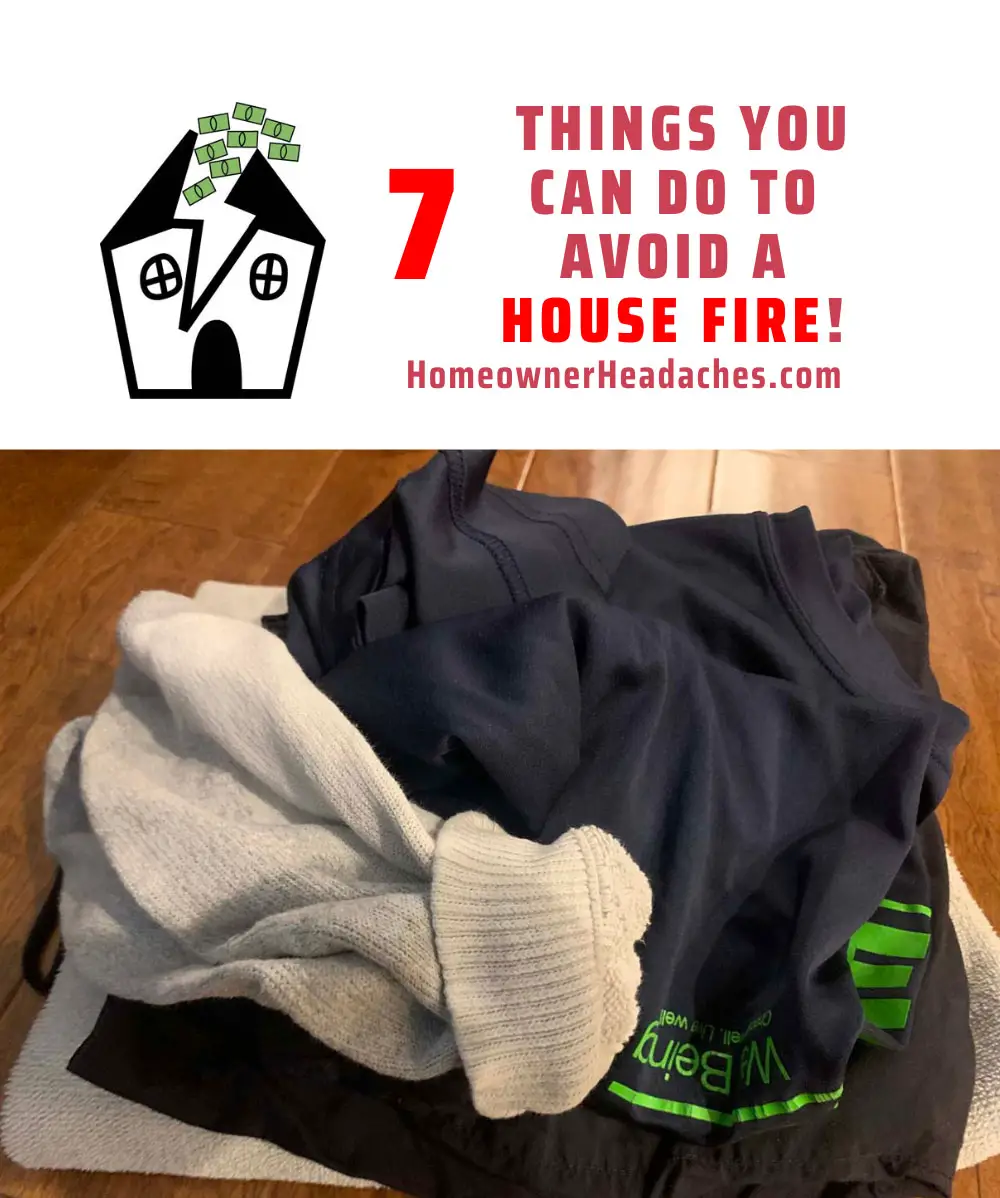
Just the name of this article made me get up and check the water in my Christmas tree and all the light plugs as well.
I sure never dreamed of the dryer lint backing up in the dryer! That is an eye-opener for sure. Luckily you guys caught that before a disaster occurred.
While reading this article, I not only jumped up and checked my tree, but I also walked down my tiny apartment and found the coffee pot on from lord knows when, my daughter left the burner on after making her soup, and the pan was about to scorch. So thank you for this article.
I can hardly believe that I found hazards, I felt secure and wasn’t. Sure the coffee pot may not have been such a big deal, but that burner! At any rate, thank you for this article, you just never know where the next hazard is, and it is best to stay on top of simple maintenance to help avoid hazards.
Stacie
Absolutely. We certainly dodged a bullet in our case, and just as I wrote this article, we picked up a fire blanket and aerosol fire extinguisher to supplement our existing full-sized one. We also have quite a bit of cleaning to do to declutter the house, especially now that Holiday Season is over.
Good article on the importance of fire prevention and prep in the house. The parts about maintaining equipment and making sure you have a fire extinguisher available are crucial. Old appliances like you pointed out can definitely start fires, as well as space heaters – those are big hazards this time of year. And having a fire extinguisher close by can and will save life and property.